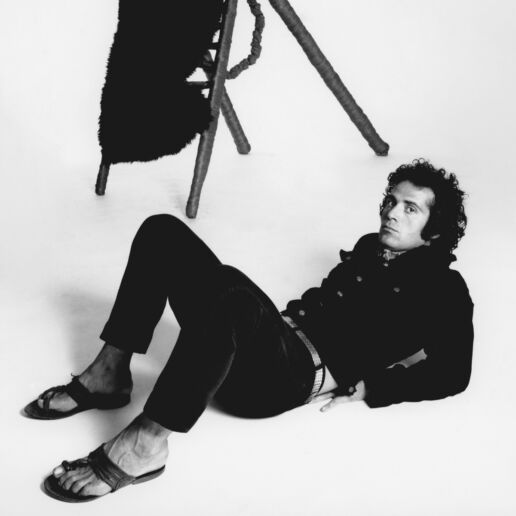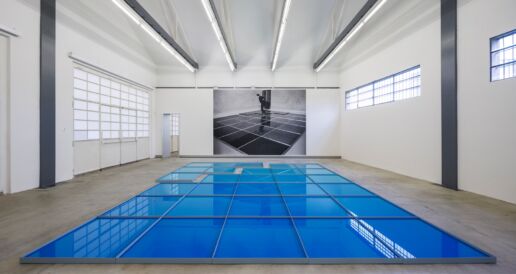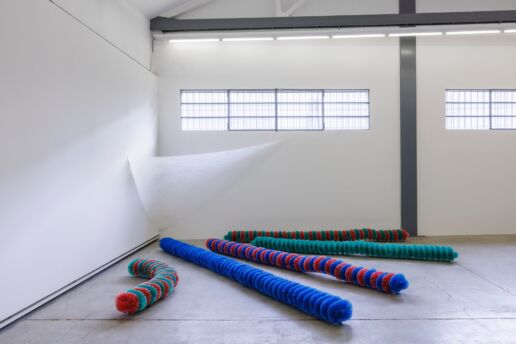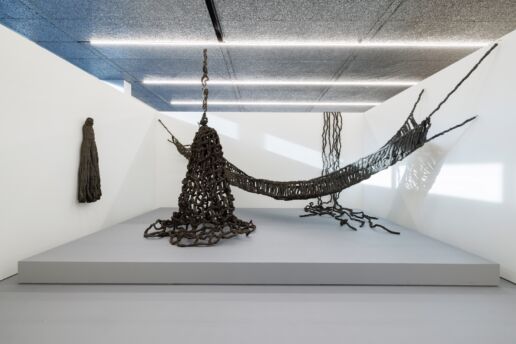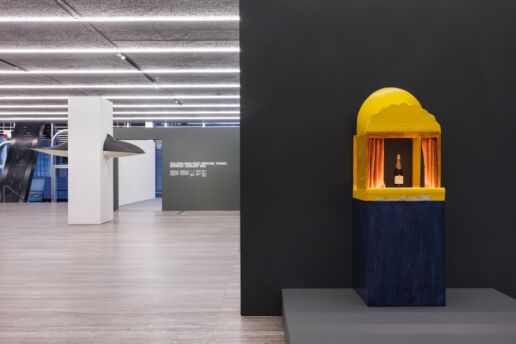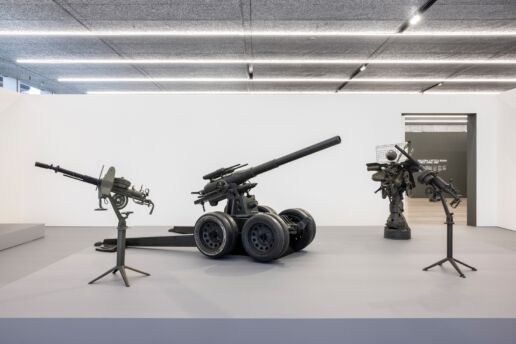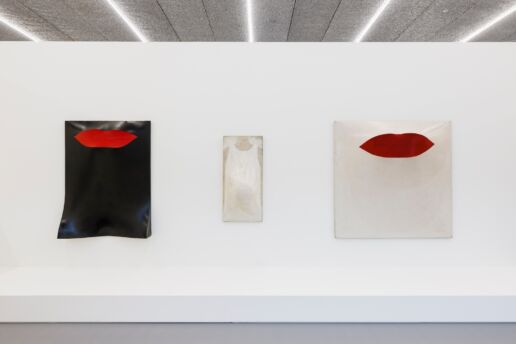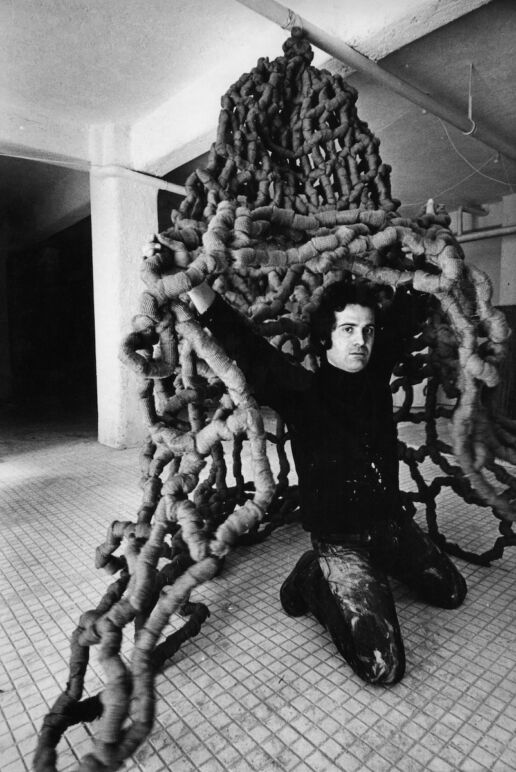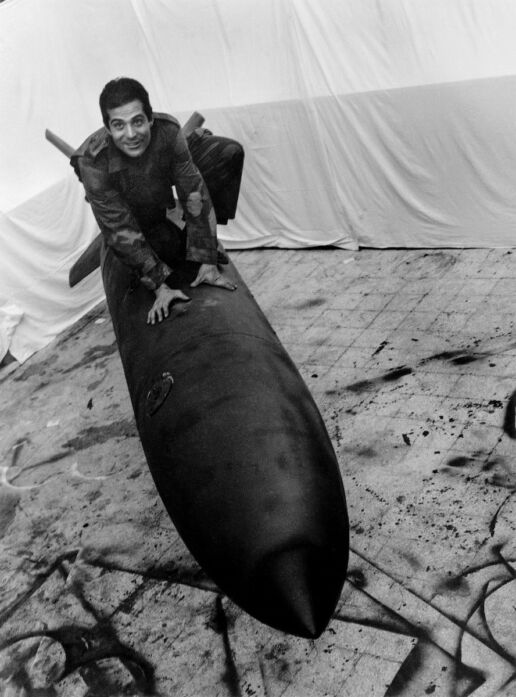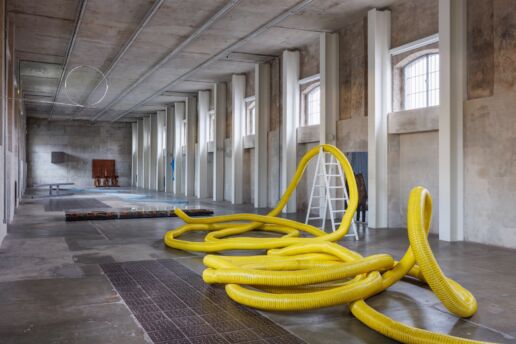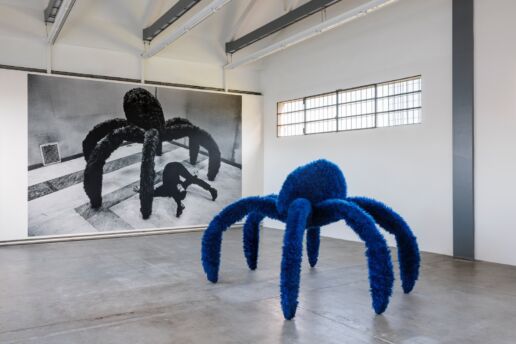ORGANIC FORMS, SURREPTITIOUS SCULPTURES, GENUINE MEMORIES
We look closer at the war toys, strange animals, and fantasy world of the celebrated artist Pino Pascali with a comprehensive retrospective in his native Italy, almost six decades after his death.
Born in Bari in 1935, Pascali moved to Rome when he was 20 and studied stage and set design at the Accademie di Belle Arti. Despite his short life and artistic career, which ended prematurely with a tragic motorbike accident at the age of 33, he is regarded as one of the prominent representatives of the Italian ‘Arte Povera’ movement together with the likes of Jannis Kounellis, Mario Merz, Pistelotto and Penone, who shaped the ‘poor art’ of the 1960s. Two main themes inspired Pascali, which are evident in almost all his work. One concerns his police officer father’s decision to move his family to Tirana, Albania, during WWII, and the other is the lessons he took from Toki Scialoja, his teacher in Rome. Opened almost half a century after his untimely death, the Pino Pascali exhibition at Fondazione Prada is one of the most comprehensive retrospectives of the artist ever held. Curated by Mark Godfrey, a curator at Tate Modern for more than 15 years, the exhibition provides insight into Pascali’s unique style in the museum’s Podium, North and South galleries.
Pascali’s experimental world
His sculptures, influenced by the great war that dominated his childhood, constitute the backbone of the exhibition at the Fondazione. According to curator Godfrey, the exhibition showcases Pascali’s interest in studying the connections between sculpture and stage design and his obsession with comparing sculpture with functional objects. Looking from a distance, the objects with manipulated dimensions seem to be made of existing materials. However, a closer look reveals that they are collected and assembled materials to distort the viewer’s perception. The artist encourages us to ask questions about what a contrived and surreptitious sculpture could be. Besides using easily accessible natural materials such as soil and water, he uses metal, oil, petroleum, and Eternit fiber cement panels. Whether it is the dinosaur and giraffe skeletons created by combining intimidating weapons made from old car parts and pieces of wood, giant hairy blue spiders, seas of equally cut plexiglass panels, colorful worms made from cleaning brushes, and intriguing material & form choices, you never know where Pascali will take his audience, it could be a playground or a battlefield.
‘I was born in 1935. Most of the games I played with my childhood friends were about war. Our toys were unused objects scavenged from our homes that looked like weapons to us. A pea would become a bullet, a cardboard box and broomstick held together with tape would be a rifle, and a pot would become a helmet. The stories we enacted in the living room were inspired by the heroic stories of our fathers who were at war at that time,’ says the artist about his childhood. Perhaps those games he played allowed Pascali to create works that create temporal yet fascinating spaces. His works have a greater meaning than the sum of their components. They dominate the space they are in while constantly asking the viewer questions. Visiting the rooms filled with Pascali’s works is like taking a short excursion inside the Italian artist’s mind. This exhibition, which torments our perception of reality and makes us want to stare longer, can be visited at Fondazione Prada in Milano between March 28 and September 23.


